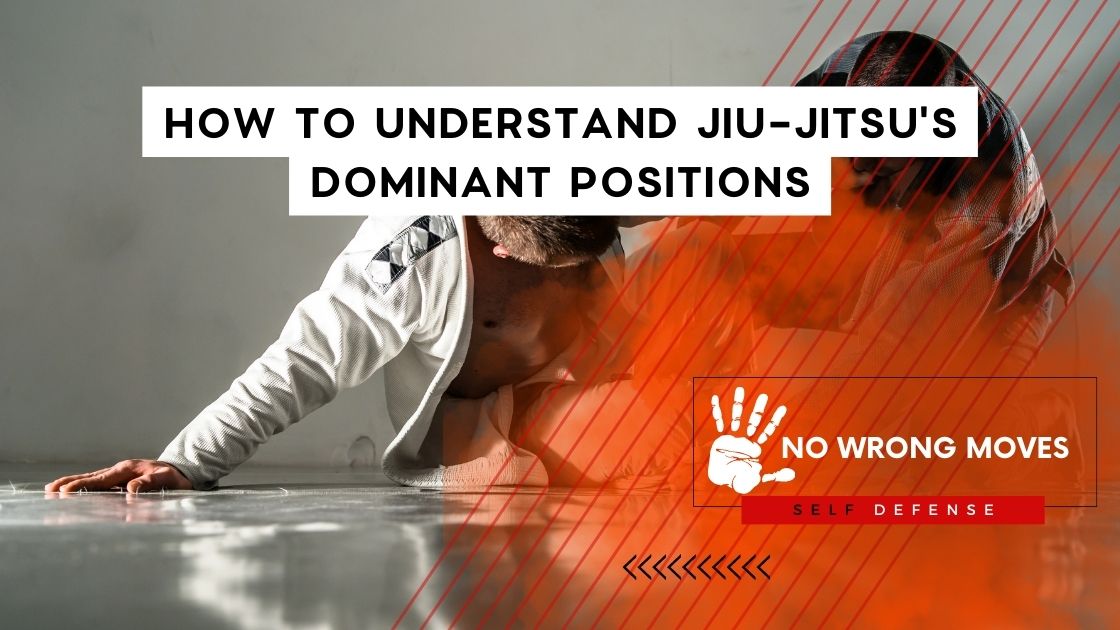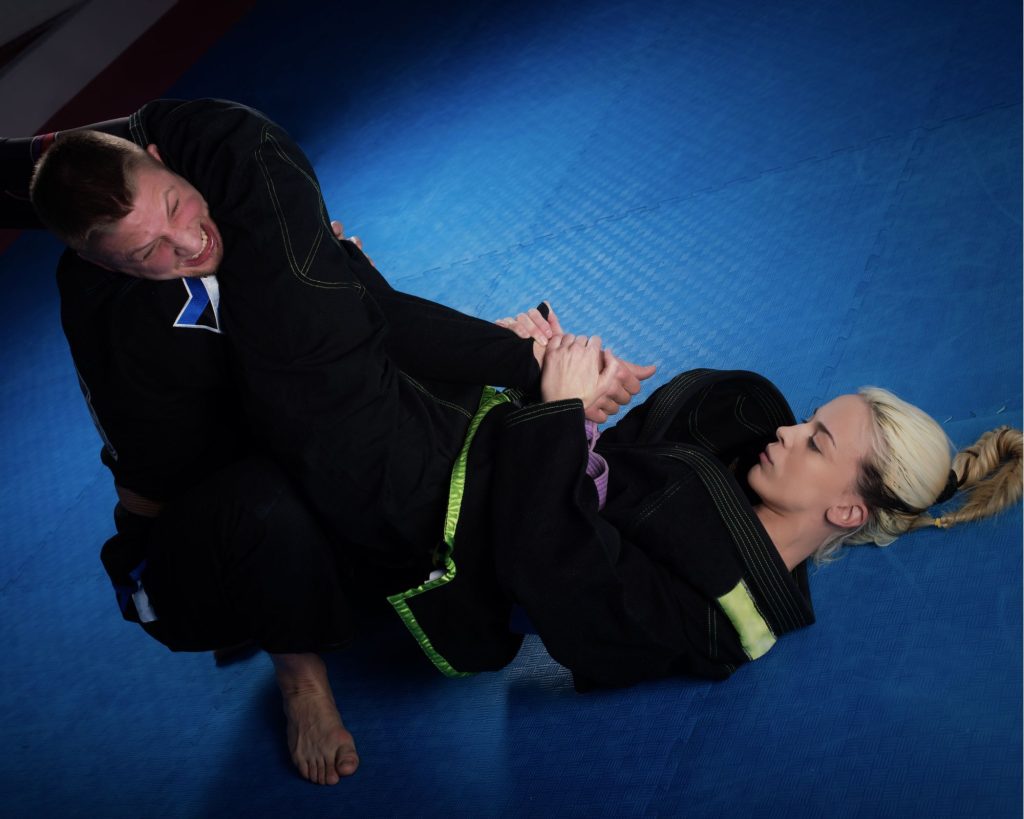
Positional strategy is one of the foundational aspects to achieving success on the mat, at least in Brazilian jiu-jitsu. Knowing how to navigate and control the various positions that you find yourself in is one of the key ways to nab a victory in any bout.
In this article, we'll be understanding Brazilian jiu-jitsu's dominant positions.
We'll be taking a closer look at the most commonly encountered ground-fighting maneuvers in this martial art, and we'll be exploring their strengths, weaknesses, and strategies for both the attacker and defender.
Back Mount: The Ultimate Positional Goal
The back mount is the king of all positions in jiu-jitsu and the ultimate positional goal. You have your opponent in back mount when you are behind him with both of your legs ‘hooked’ around his waist. In jiu-jitsu, these hooks are essential for maintaining control and preventing your opponent from escaping.
Attacker’s Objectives:
- Submit the opponent
Defender’s Objectives:
- Escape to a safer position
Strengths:
- The opponent’s neck is exposed, making him vulnerable to chokes and strangles.
- It is difficult and awkward for our opponent to do anything to us because we are behind him.
- We have major control over both the bottom and top halves of his body.
Weaknesses:
- None, but beware of crossing your feet as a skilled opponent will foot-lock you if you do so.
Offensive Tips:
- Keep control of your opponent’s hips and shoulders and take your time when looking for the submission.
Defensive Tips:
- Your neck is obviously the main vulnerability in this position. Make sure it is protected by at least one of your hands at all times.
Mount: A Strong and Versatile Position
High Mount
Low Mount
The mount is a very strong position and is second only to the back mount in terms of positional dominance. You have mounted your opponent when you are sitting on his torso.
When using the high mount position in grappling, the main goal is to control the chest of the opponent by sitting on their belly or lower chest area.
Unlike the simple mount, where the focus is on controlling the thighs, the high mount position can give you more control over your opponent's upper body.
Watch out though: beginners may find it challenging to use because it puts their body in a vulnerable position, and if executed improperly, they can easily be swept by their opponent. Nonetheless, if done correctly, the high mount can be an effective way to submit your opponent.
Attacker’s Objectives:
- Submit the opponent
- Improve position by taking back mount
Defender’s Objectives:
- Escape to a safer position
Strengths:
- Great control over the opponent because gravity is working for you.
- Many attacking options, especially chokes and arm-locks.
Weaknesses:
- This position can feel unbalanced, especially for beginners.
Offensive Tips:
- Keep your feet tucked in against your opponent’s body at all times.
- Keep your balance by keeping your head centered over your hips.
- Keep your knees wide and your hips low for extra pressure.
Defensive Tips:
- Again, always keep one hand near your neck to protect against chokes.
- Keep your elbows close in towards your center to prevent being arm-locked.
Side Mount: A Stable and Versatile Attacking Position
The side mount is usually the beginner’s choice of dominant positions because it is quite stable and reasonably easy to hold an opponent. You are in side-mount when you are perpendicular to your opponent, with your chest on his chest.
The side mount is a transitional position that provides numerous submission holds that can be utilized before taking the mount. Once in this position, you must stay on top of your opponent and prevent them from escaping.
Be sure to rest and apply pressure on your opponent, to make it that much more challenging for them to move or breathe.
If you find yourself on the receiving end of this, you must escape quickly. Failing to do so will result in your opponent taking the mount, which could result in a submission.
Attacker’s Objectives:
- Improve position by moving to mount, back mount, or knee on chest positions.
- Submit the opponent
Defender’s Objectives:
- Escape to a safer position
Strengths:
- Very stable and versatile position. Its many variations allow you to adjust to your opponent's movements easily.
Weaknesses:
- It can be hard to submit from here, especially against negative opponents.
Offensive Tips:
- If you can keep both of your opponent’s shoulders pinned to the mat, i.e. not allowing him to turn in towards you or out away from you, it will be very difficult for him to escape.
Dominating with Knee-on-Chest
Knee on chest is a unique control position that offers the attacker greater mobility. In this position, the top fighter places one knee on the lower fighter's torso for control, and usually extends the other leg to maintain balance.
This position is often achieved from the side control position by lifting up slightly and positioning the knee on the opponent's stomach or chest. It is considered a dominant ground grappling position and can be used to set up a variety of submissions and strikes.
Attacker's Objectives:
- Submit the opponent
- Improve their position
Defender's Objectives:
- Escape to a safer position
Strengths:
- Highly demotivating for the opponent
- A reasonably mobile control position, making it easy to transition to other positions
Weaknesses:
- Less stable than conventional side control, which can be challenging for beginners with poor balance
Offensive Tips:
- Keep your weight on your opponent by keeping the foot of the attacking knee off the floor
- The lower your hips, the more pressure your opponent will feel, and the better your balance will be
- Control at least one of your opponent's arms
Defensive Tips:
- Resist the temptation to put your hand on the knee that's on your chest, as doing so may result in a submission.
Conclusion: Jiu-Jitsu's dominant Positions

Brazilian Jiu-Jitsu offers a variety of dominant positions that can give practitioners an advantage in competition or self-defense situations.
You've got the high mount, side control, back control, or any other position all at your disposal, with each one requiring proper technique, control, and strategy to be effective.
A bit of consistent training and dedication is all BJJ practitioners will need to master these positions and become skilled grapplers, fully capable of dominating opponents on the ground.
You could be a beginner or an experienced practitioner, but learning and mastering these positions will always be a crucial aspect of improving your BJJ skills and achieving success on the mat.
That's not all we've got on Brazilian jiu-jitsu. Read more about it here!
[author-box-jpx-fitness]
